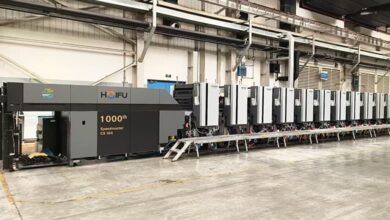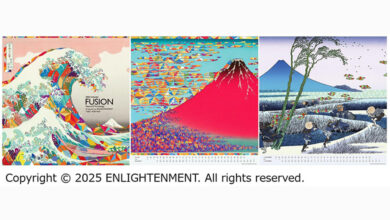Hydrographics is Popular in Egypt
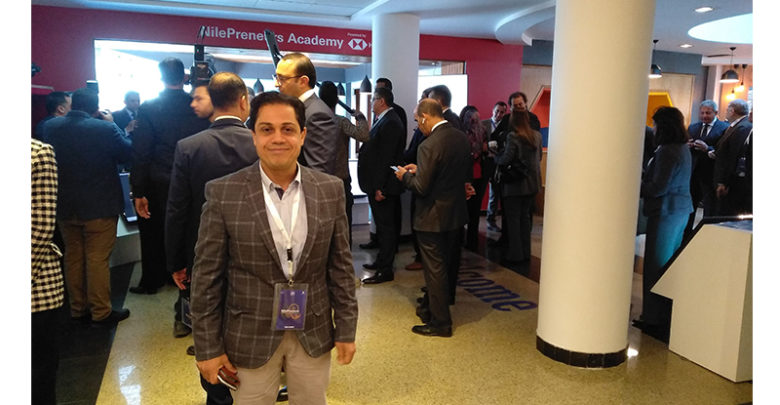
Engineer Ehab Khattab, owner of Water Transfer Printing Co. talks about nitty gritty of immersion printing
Water transfer printing (also known as hydrographics, immersion printing, camo dipping, hydro imaging and cubic printing) is a surface decorating process with which elaborate graphics – such as wood grain, carbon fiber, camouflage, geometrical designs, etc. – are applied to a 3D product surface. Water Transfer Printing Company was established in 2009. It is one of the first companies specialized in water-transfer printing technology in Egypt. The printing process is relatively new and in short period of time it has become very popular all over the world and specially in Egypt. This technology has many applications, and the companies that adopted it achieve high profit margin, both inside and outside Egypt. It is a water-based printing in many and varied forms, and in great demand in the Arab market. Also, this printing is not affected by different weather factors and has no shelf life and is characterized by quality, stability, and aesthetics look. It can be applied to any object or material, regardless of its condition, whether new or old or used.
Water Transfer Printing Company can print on anything imaginable, regardless of shape and size. The company with the cooperation of Plastic Technology Center also runs an academy to teach young people everything related to water-transfer printing. The company also helps company to set up water transfer printing production lines and supplies them with all the equipment and material required for the process. To find out more we sat down Eng. Ehab Khattab, owner of the Water Transfer Printing Company to find more out about this popular printing process in Egypt.
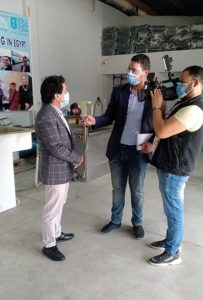
How did you get involved in water transfer printing?
I started my work in this field by introducing water-based printing technology to Egypt and the Middle East using technologies that was already available in China, Turkey, and Hong Kong. After I gained enough experience in implementing this printing technology. I also developed it further and obtained a patent from the Academy of Scientific Research in Water Transfer Technology. Then I decided to share my knowledge and experience to people across the Egypt and Arab world who also like to master this technology. And conducted training courses in many countries as well as contributed to establishing training centers.
Can you explain how does this printing process work?
Materials used in water transfer printing are printing films, which are imported from China or Germany, as well as special material to process the film, a “compressor”, a spray pistol and a printing tank.
A polyvinyl alcohol hydrographic film, which has been gravure-printed with the graphic image to be transferred, is carefully placed on the water’s surface in the dipping tank. The clear film is water-soluble, and dissolves after applying an activator solution. Once dipping is begun, the surface tension of the water will allow the pattern to curve around any shape. Any remaining residue is then rinsed off thoroughly. The ink adheres to the desired surface and it cannot be washed off easily. It is then allowed to dry.
The dipping tank is filled with water prior to be used in the process. It can be made of stainless steel, iron or fiberglass in different sizes. It is equipped with console control to handle different sizes of objects. Heaters should also be added to heat water, and a motor should be added to stir and filter the water from impurities. A timer can be added to calculate the time which to dip the film into water. Also digital thermometer and sensor to measure the temperature.
The activator is a solvent that dissolves the ink on the polyvinyl alcohol material to convert it from solid form to the liquid without losing the quality.
what measures have you taken to protect employees from Coronavirus?
We have implemented a series of preventive measures recommended by the Ministry of Health, including:
– Providing masks, prevention and disinfection tools for workers.
– mandatory hand washing for at least 20 seconds.
– Ensure the availability of various sterilization tools in the workplace.
– Avoid touching the eyes, mouth or nose before sterilization for any reason.
– Observing social distancing protocols
– Limiting in-person contacts.
How has Coronavirus affected your business?
We experienced a significant decrease in the volume of orders we receive from our customers on a monthly basis.
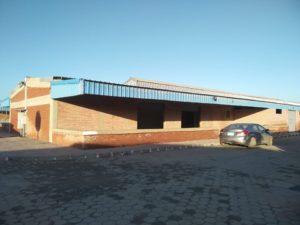
Do you think the pandemic will force or encourage print houses to adopt more automation?
Yes, I think so, as there are currently many tools and software available that support companies and enable them to maintain the continuity of their business, most notably video conferencing, data-sharing technologies, electronic recruitment tools, competency management systems and virtual event. There are also many project management programs such as Trello, Jira, and Asana. But as for the use fully automatic equipment, I think that will require a relatively long-term schedule, due to the high cost.
Does your company rely more on the internet to receive and process orders?
Yes, we receive 90% of our orders via the Internet, e-mail and remote communication.
Have you downsized due to pandemic?
Yes, we reduced the number of employees by 30%.
What is your plan for future investment?
We are looking to import film-making machines in Egypt in order to be able to produce films here.
What is the average production capacity or output on a monthly basis?
We produce about 120 thousand pieces per month.
Do you have a section dedicated to pre-printing?
Yes, we have a section dedicated to pre-printing that includes:
– Preparing the piece to be printed.
– Painting the piece in the appropriate color for the printing film.
– Preparing the film and crop it, according to the size of the piece.
– Putting the film on the water and leave it for two minutes.
– Spray the activator over the film in the correct way.



